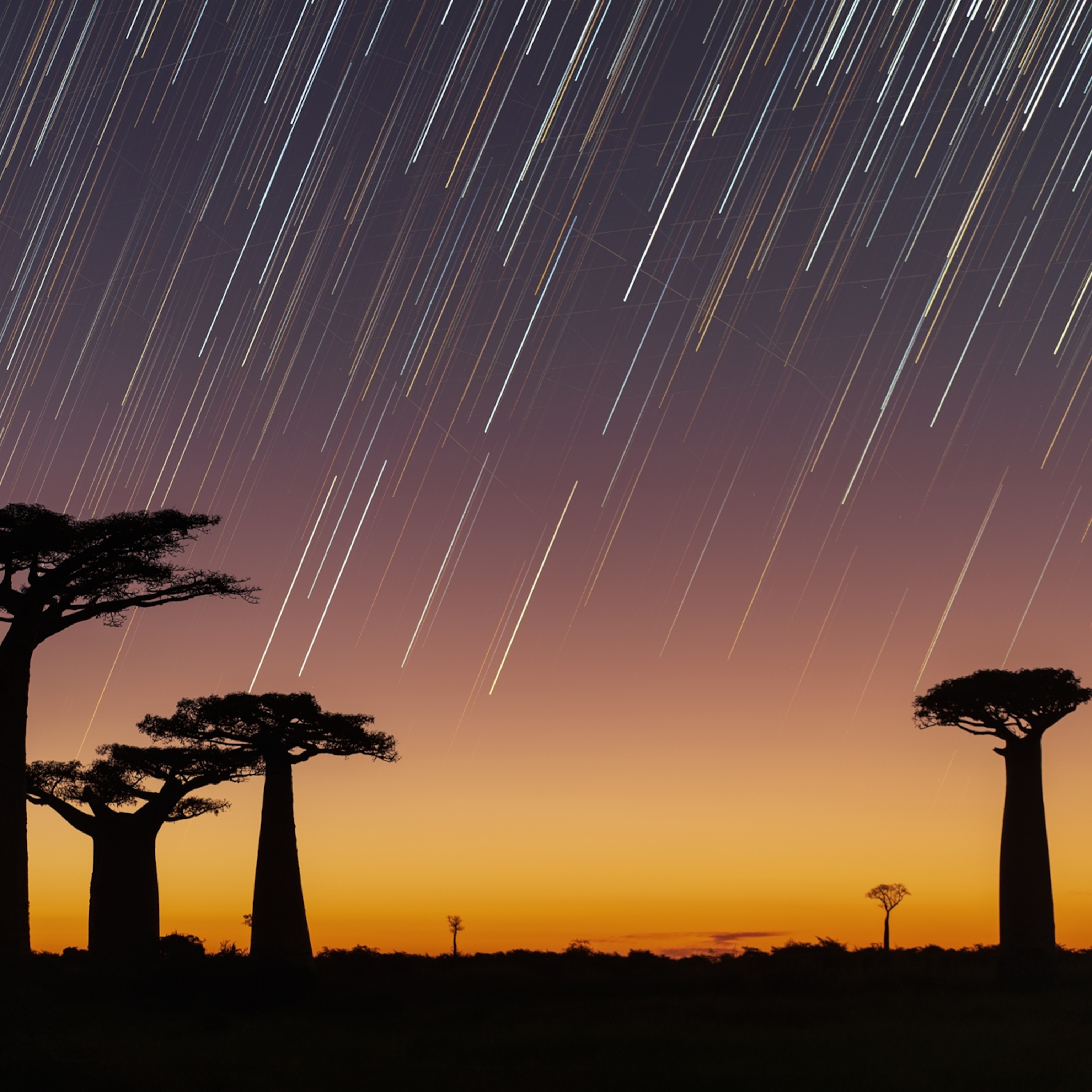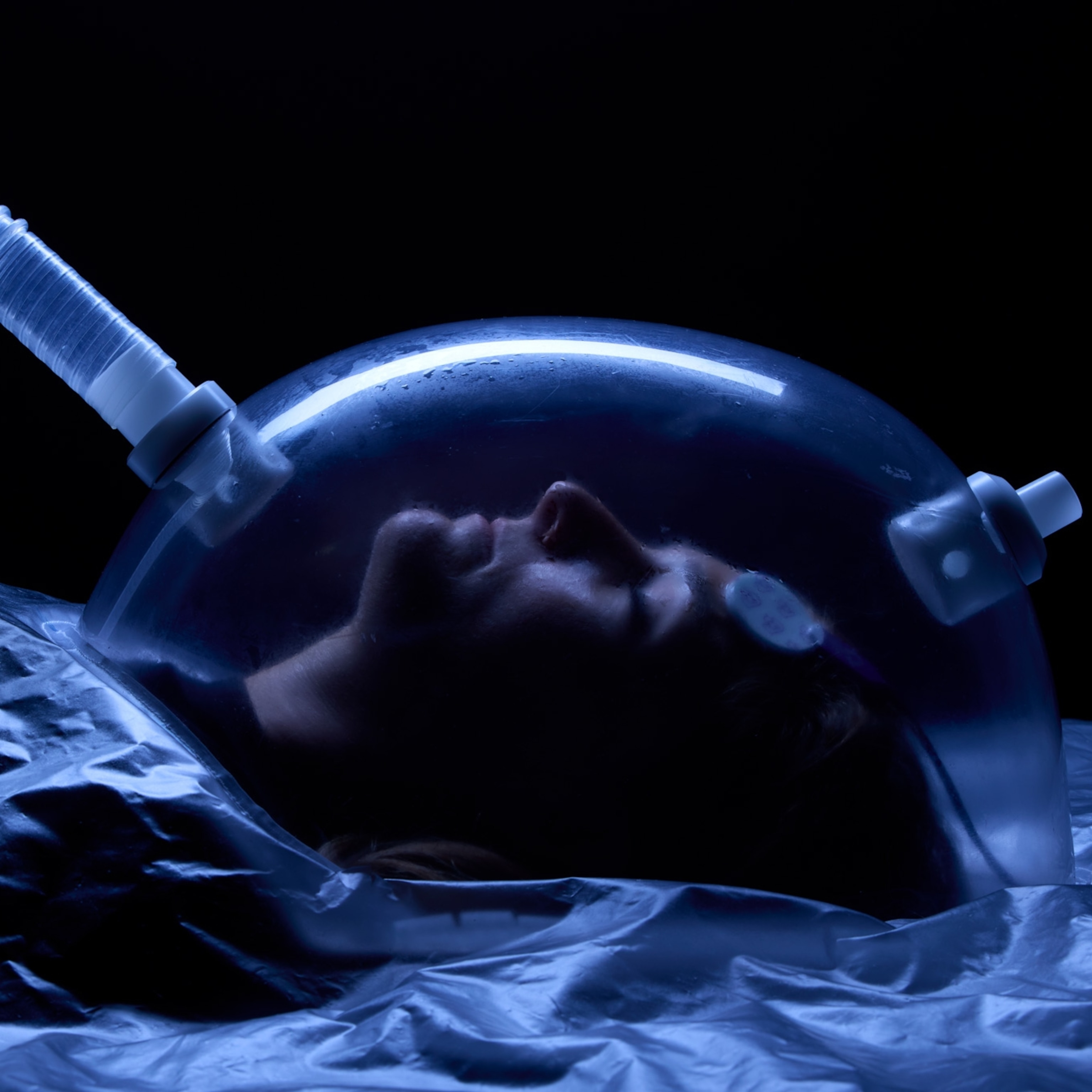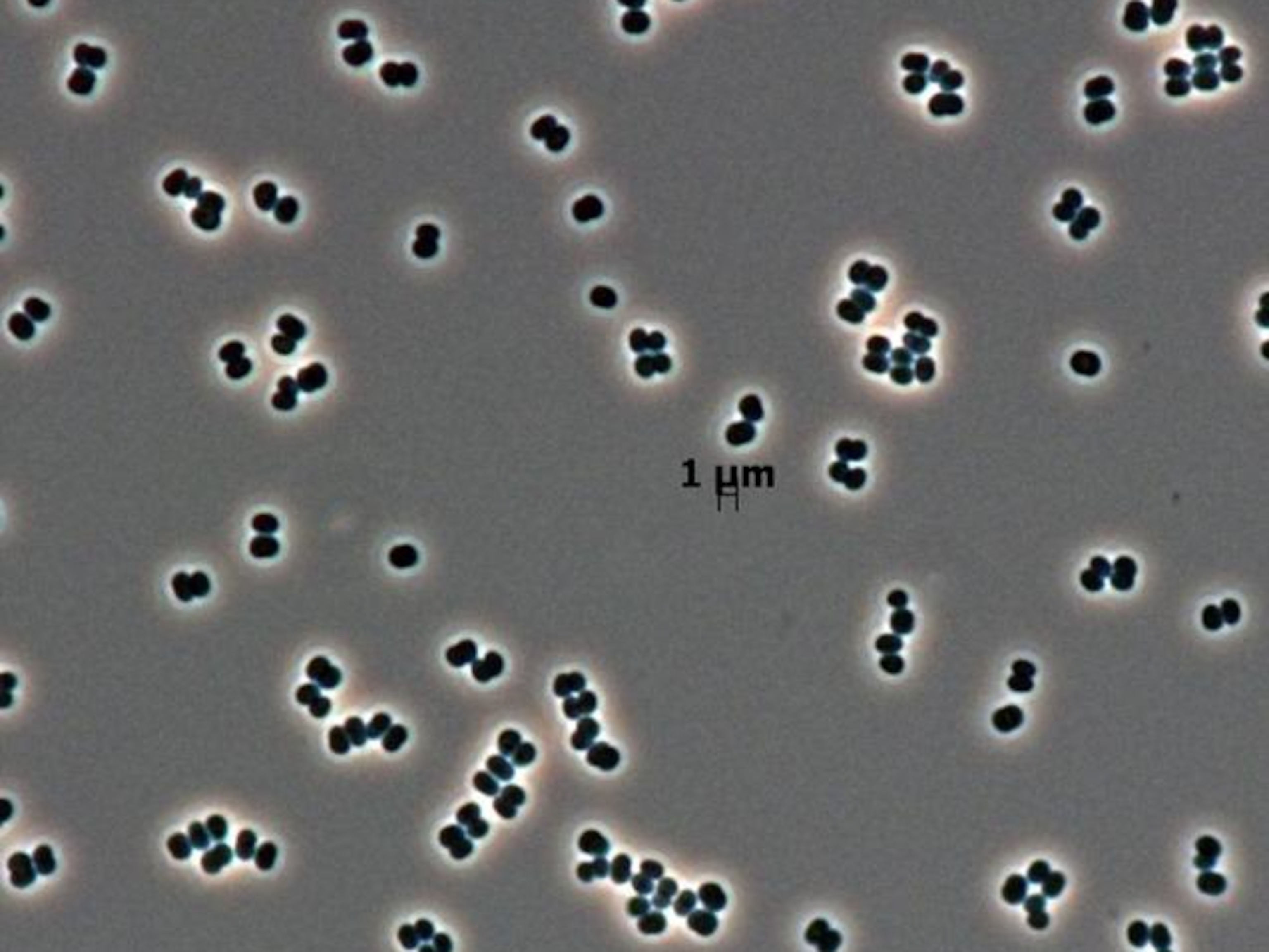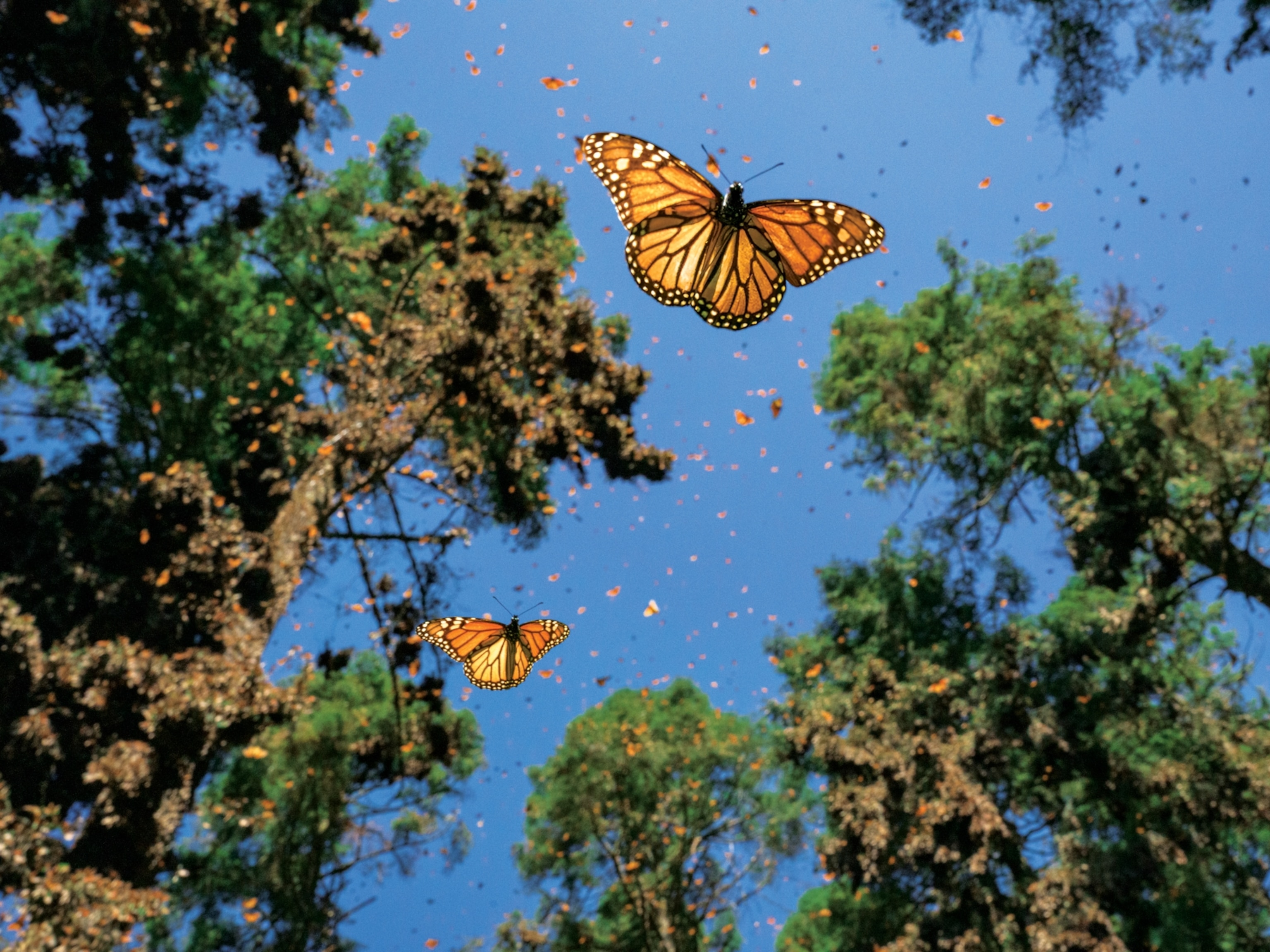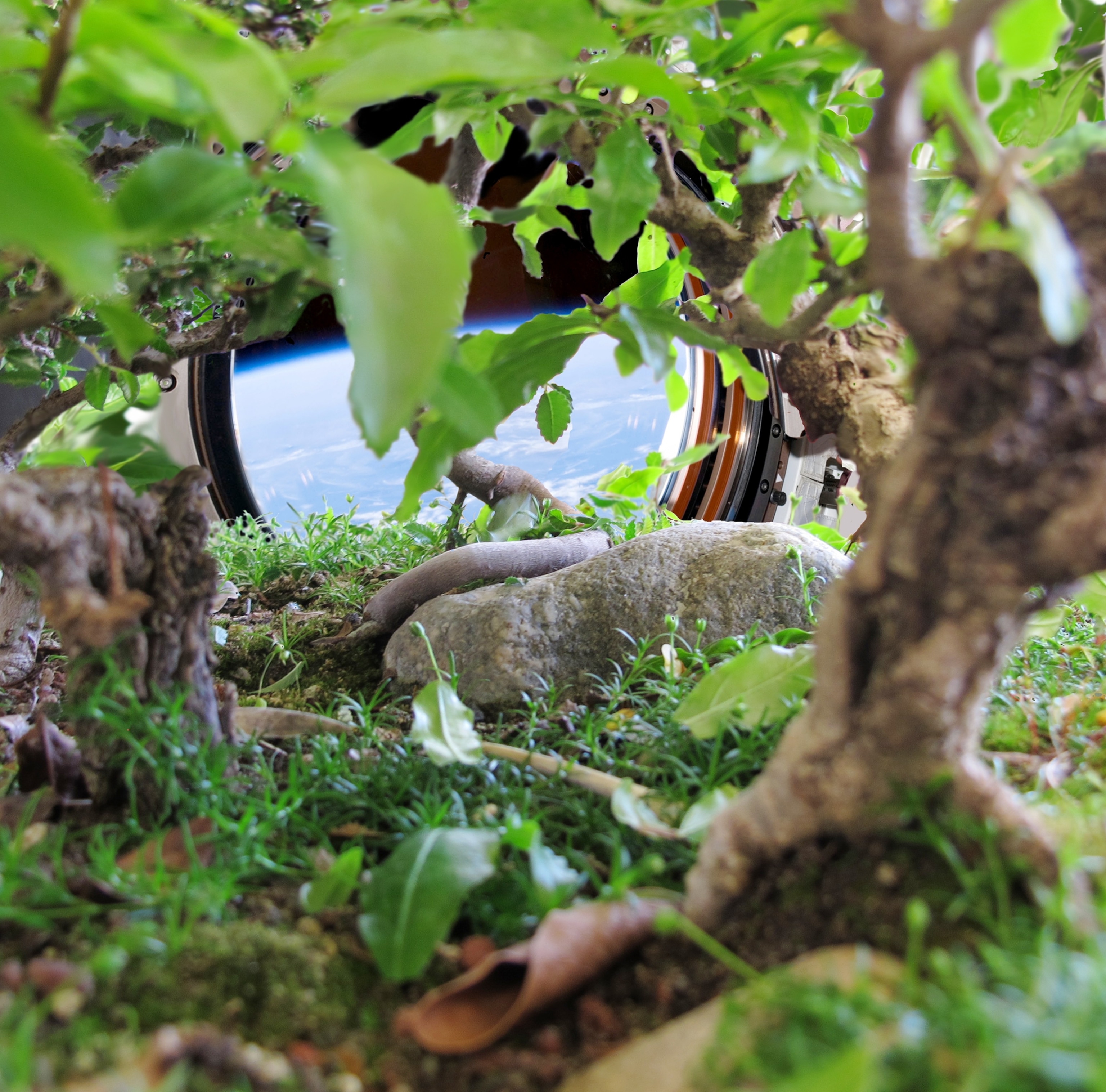
Up on the Farm? Five Reasons NASA Needs Space Greenhouses
A "green thumb" may help future spacefarers to the red planet.
Mars has moved into view as NASA's long-term destination, and space scientists say that means the space agency needs to get serious about space greenhouses.
For decades, astronauts on Skylab and the International Space Station (ISS), as well as on space shuttle missions, have conducted research into how microgravity affects plant growth. During the Soviet Union's Salyut space station missions in the 1970s, Russian cosmonauts also began experimenting with personal greenhouses.
In a recent Acta Astronautica journal report, a team at the German Aerospace Center, led by space architect Sandra Häuplik-Meusburger of Austria's Vienna University of Technology, conclude that these efforts have paid off. They argue that plants offer spacefarers a wide range of psychological and practical benefits, and should figure more heavily in future long-term space mission plans, such as NASA's contemplated manned mission to Mars in the 2030s.
"The cosmonauts called their plants the 'green friends of man,'" says Häuplik-Meusburger, whose research focuses on habitability in extreme environments. Here are five reasons why she and her colleagues say going green may be just the ticket for a trip to the red planet.
1. Salad Machine
"Food has always been a very big issue for cosmonauts and astronauts," Häuplik-Meusburger says.
Though the pioneers of space exploration had to survive on unpalatable food that came in tubes, astronauts today can select from an array of meals that are prepared on Earth and packaged carefully to prevent spoilage. Fresh fruits and vegetables are also sometimes available, but they must be eaten quickly due to the lack of refrigeration systems.
Greenhouses in space could supplement astronauts' diets by allowing them to grow vegetables. Eating these fresh foods is thought to have the added benefits of relieving stress and boosting morale, the researchers report in their article.
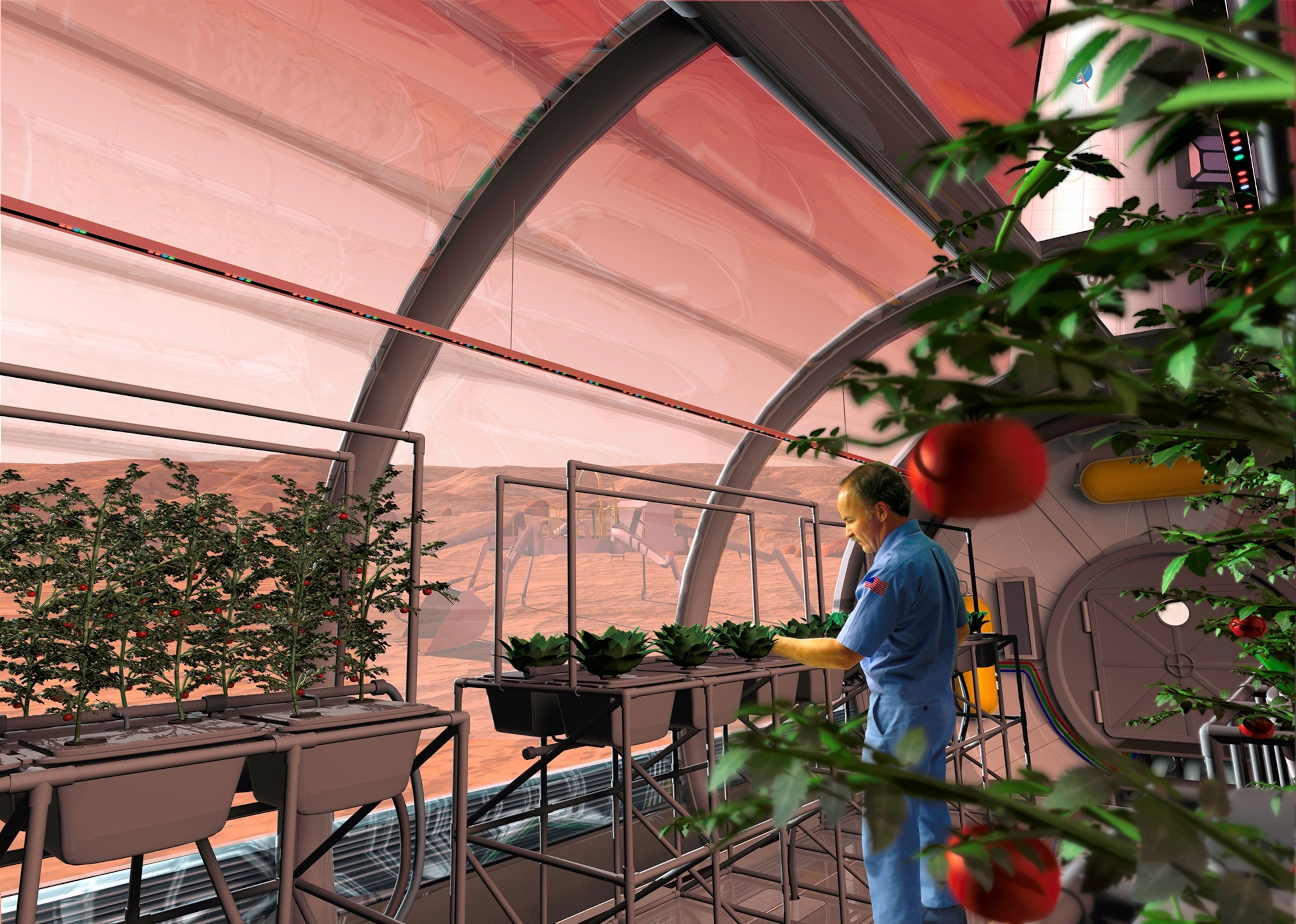
In the Russian segment of the space station, astronauts already have the space garden Lada, which is a kind of "salad machine," Häuplik-Meusburger says. NASA is now installing a similar system called "Veggie" on the American portion of the orbiting lab.
2. Stress Relief
Life in space can generate intense stress on both the mind and the body, so it's vital that astronauts have calming activities to do in their spare time.
It's well known that gardening can be therapeutic, relieving stress and improving moods. Retired NASA astronaut Clayton Anderson can attest to this.
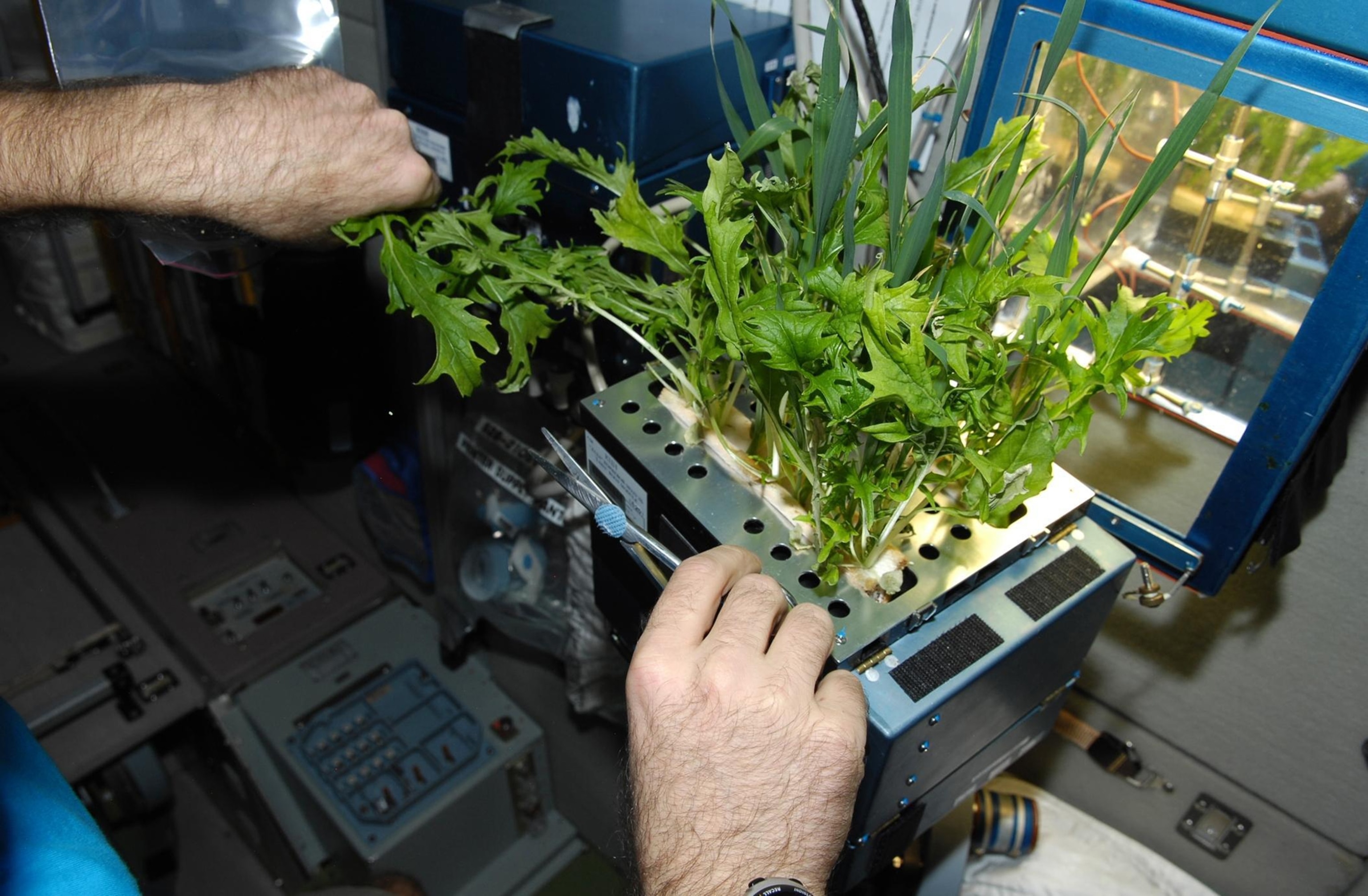
Years ago, Anderson was involved in an educational experiment where he grew lettuce and basil seeds on the ISS, while students on Earth did the same thing. To spice things up, he turned the activity into a kind of game, in which the lettuce or basil teams would "score" when a new plant grew.
"When the plants did spout, it was cool to be able to take pictures of them," Anderson says. "At the very least, it's a boost to your ego and psyche when you see them growing."
3. Visual Landscape
Employees who work in offices with greenery report greater life contentment and job satisfaction than those who work in plantless spaces. This suggests that even the mere presence of plants in space can have noticeable benefits.
"The color, beauty, and life could easily put a smile on anybody's face," Anderson says.
On space stations and spacecraft, there's a lack of personalization and private space, Häuplik-Meusburger says. The environment is also very technical, bland, and "cold." What's more, it's visually crowded, as the walls and corners are covered in machines and cables.
Plants can add natural colors to space life and give astronauts something alive to focus their eyes on. "Plants relax the eyes and the mind," Häuplik-Meusburger explains, adding that research suggests that greenhouses can also make the confined space habitat appear larger than it really is.
While interviewing astronauts for her 2011 book, Architecture for Astronauts, Häuplik-Meusburger learned that astronauts who grew plants in space enjoyed being around the greenhouses and felt a personal connection to them. "It was their private escape," she says.
4. Air Quality
Anderson says he didn't notice many unpleasant smells during his time on the ISS, aside from his crewmates' old gym clothes. But some astronauts have, according to Häuplik-Meusburger. "Some people said it smells like a wine cellar," she says.
Greenhouses could help combat some noxious smells in space—indoor plants are able to absorb air pollutants and improve air quality, according to NASA research. Plants also remove carbon dioxide from the air and add oxygen.
And aside from removing unpleasant odors in space, plants can add pleasant ones. "Smells can enhance the environment, and certain smells can even make you remember certain moments from your past," Häuplik-Meusburger says. In effect, plant scents can provide astronauts with an important link back to Earth.
5. Mark the Passage of Time
On Earth, our bodies and brains are attuned to a 24-hour cycle of sleeping and waking, called circadian rhythms. Studies have shown that space life—which lacks normal sunlit cycles and seasons—can throw off astronauts' circadian rhythms, resulting in sleep disturbances.
Space greenhouses could help battle these issues: As they bloom and wilt, plants can help mark the passage of time. "In space, plants change over time, when it appears that nothing else is changing," Häuplik-Meusburger says. "And it's not just a technical clock—you can see and feel the change when you look at the plants."
Follow Joseph Bennington-Castro on Twitter.


